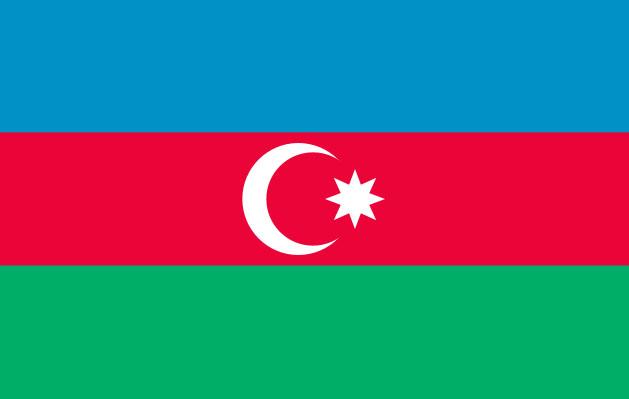Cultural Selection: Early Medieval Turkic Manuscripts along the Silk Roads
© Unsplash / Jeff SmithDuring the Middle Ages (from the 5th to the 15th century CE), reliable information regarding Central Asia became less readily available to those living elsewhere. This was due in part to the increase in volume of trade taking place via the Maritime Silk Roads instead of overland. Arab navigators, whose ships were trading from the western coast of the Indian Subcontinent to the eastern coast of Africa, made significant contributions to opening up sea routes to India and China. As an increasing volume of trade began to take place via Maritime Routes, the overland Silk Roads became less well travelled and thus reliable information regarding Central Asia became harder to obtain in regions to the west and east.
In light of this lack of reliable information, in the first quarter of the 13th century CE, a number of European diplomatic and religious missions were sent to Central Asia. One of the most well-known of these attempts to collect information resulted in Marco Polo’s work The Travels. Notably, many of these visitors to the capital cities of Central Asia in the early Middle Ages reported the presence of Russian artisans, merchants and diplomats in these cities.
In the 1800s, a renewed interest in the archaeology of the region led to the discovery of a large number of manuscript fragments in Turfan in Northwestern China. This discovery prompted further excavations in Eastern Turkestan (the Central Asian Region including parts of modern day northwestern China, Siberia, Mongolia, Kazakhstan, Kyrgyzstan, Tajikistan, Turkmenistan, and Uzbekistan) in the hopes of finding more manuscripts to further understanding of the linguistic features of Central Asian Turkic languages.
These searches resulted in the uncovering of many more early medieval Turkic manuscripts dated from around the 5th to the 10th century CE. One important find was the most complete Turkic version of the Buddhist text, first written in India in Sanskrit, the Suvarṇaprabhāsa Sūtra (the Golden Light Sūtra), which was discovered in Gansu Province in North Central China. These medieval Turkic manuscripts aided the study of little known Turkic languages and dialects that developed across the Silk Roads in Central Asia.
Most of the manuscripts found were in semi-decayed fragments and only a few survived in in relatively good condition or as complete works. Generally the texts in the best condition where those which had been kept as sacred relics in monasteries and libraries. There were two basic types of these texts, doctrinal and philosophical texts constituted the majority of those found, and a much smaller number of texts related to everyday use such as medical, astronomical, and divination reference books.
Relatively well-preserved literary manuscripts uncovered around the same time include various experts of Buddhist Sutras including the Turkic translation of the twenty-fifth part of the Saddharma Puṇḍarīka Sūtra (the Lotus Sūtra), as well as a collection of Manichaean prayers. These texts highlight the spread of religions, in particular Buddhism, via the land routes of the Silk Roads and have helped deepen understanding of the languages used amongst people living in Central Asia in the early medieval period.
See Also:
Chinese WuShu along the Silk Roads
Traditional Medieval Indian Sea-Charts
Intercultural Elements of the Silk Roads in Korean Buddhist Art
Indian and European Influences on Persian Miniatures
Coastal Ornamental Patterns in Java Island
Central Asian Influences in Korean Music




